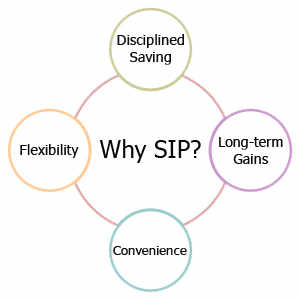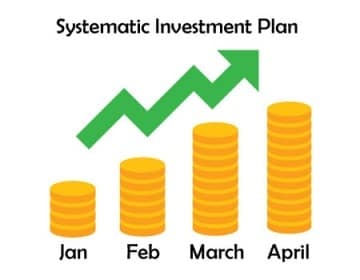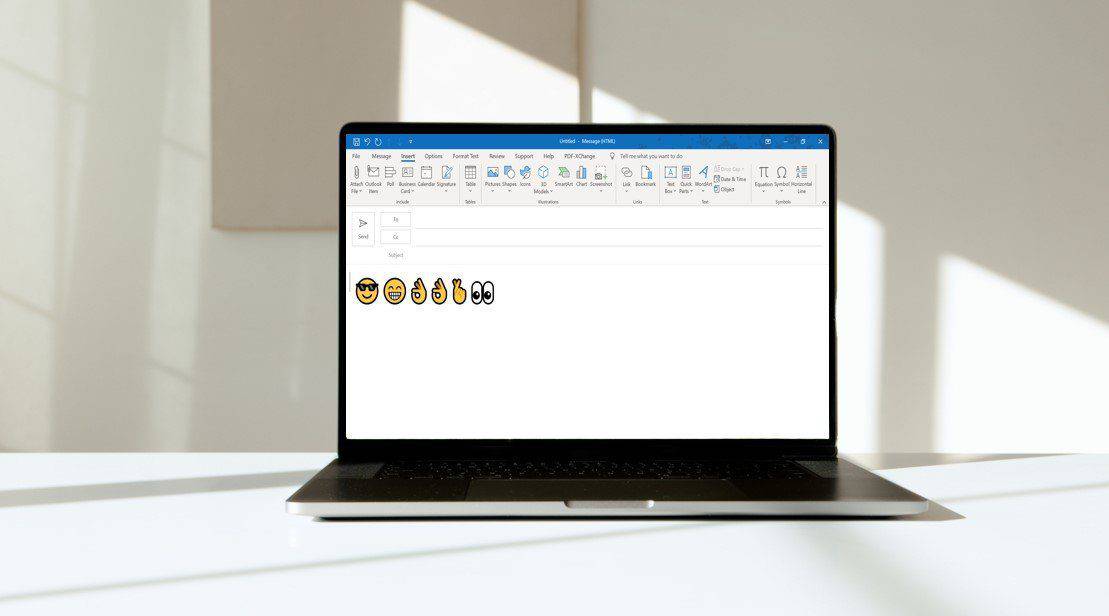Investors want to get the best returns possible on their investments. However, every investor is different; this includes unique financial backgrounds, future goals and risk appetites. This is why there are different investment avenues. And even in a particular channel like mutual funds, there are different ways you can invest. For example, you can invest in mutual funds through a lump sum or Systematic Investment Plans (SIP).
In this piece, let’s take a look at SIP vs lump sum and find out which way you should go.

What is a SIP investment?
A Systematic Investment Plan or SIP is a method of investing in mutual funds. Here, you invest a fixed amount of money in a fund on a regular basis. This could be monthly, quarterly or a semi-annual basis.
Also read: How To Apply And Get CITI.COM/APPLYNOWDOUBLECASH Invitation Number
What is a lump sum investment?
In a lump sum strategy, you can invest a large sum of money in mutual funds at one go. For instance, if you have an amount of Rs. 6 lakh and you invest it all in one go in a mutual fund, this would be a lump sum investment.

Pros of investing in SIP
- Suitable for new investors
SIP involves investing a fixed amount of money in a fund at regular intervals. So, if you are a novice investor and wish to gain market exposure, this is the best way to do it. This is because you can invest even small amounts (as little as $100) in a fund each month. And as your income grows, you can consider increasing your investment amounts.
- Cultivate investment discipline
When you opt for the SIP route, you can invest money on a regular basis. This offers you the opportunity to make disciplined and consistent investments. You can directly give a standing instruction to transfer a fixed amount of money from your bank account to the fund to ease the process.
- Benefit from rupee cost averaging
You don’t have to worry about timing the market when you invest through SIP. When the market is on a bullish note, you receive lower units on the purchase, and when the market is on a bear-run, you get to buy a higher number of units. This is known as rupee cost averaging. By investing for a more extended period, you can earn high returns without strategies like market timing.
Cons of investing in SIP
- Not suitable for irregular income
It can be an issue problem if you don’t have a regular monthly income. This is because, in a SIP, you have to make regular investments. In such a case, this method of investing may not apply to you.
- Insufficient funds
When you invest in a SIP, you give standing instructions to your bank account to transfer a specific amount of money into the fund at regular intervals. But if you don’t have sufficient funds in the account on the day of the transfer, the instruction does not get honored. In such a case, your investment does not take place for that particular month. You can avoid this problem by ensuring a sufficient balance in your account at all times.
Pros of investing in a lump sum
- Suitable if you have large amounts of money
As the name suggests, this method is ideal for large sums of money. If you wish to invest in one go, through a large quantity, you can choose to invest a lump sum. Businesspersons for example, generally have an irregular cash cycle. For this category of individuals, it could be a good idea to invest in a lump sum instead of SIPs.
- It is convenient
When you make a lump sum investment, you only do it once or twice a year. As a result, you don’t have to worry about meeting future payments on a regular basis.
- Potential to earn high returns
One of the most significant advantages of lump sum investments is the potential to make high profits. For instance, when you invest large sums of money when the market is low, you have the potential to earn high returns when the market rises again. However, this is only possible if you are able to can time the market correctly. This is why the method of lump sum investments is suitable for experienced investors with the ability to understand market volatility.
Also read: Top 5 Best Call Tracking Software for 2019
Cons of investing lump sums
- Need to have experience
In a lump sum investment strategy, you need to enter the market at the right time to maximise your returns. Investors carefully examine market conditions, mutual funds and future expectations before putting their money. This means you need to understand market sentiments and have the expertise to know when to invest. However, if you are a new investor, this approach may not be suitable.
- Greater exposure to market risks
In a lump sum, you can invest a significant amount of money at one go. This means a higher risk exposure to your investment; if you don’t invest at the right moment, you could end with low returns. Market timing is crucial when you invest through the lump sum method.
Example of investing in SIP vs. lump sum
Let’s assume you invest $ 5,000 in a SIP each month for 10 years. Assuming an annual return of 15%, you would earn an expected amount of $14 k as return on SIP.
However, if you were to invest $6 k as a lump sum, here’s how the story unfolds. Assuming similar returns of 15% per annum, you would end up with a corpus of $20k at the end of 10 years.
In this example, it may seem that a lump sum investment may be more profitable than SIP. However, when you invest a lump sum, you have to consider the higher degree of risk exposure. Besides, you can always increase your SIP investments over the years as your income levels rise.
Conclusion
Finally, the big question, what would be the best option? Both SIP and lump sum are excellent good strategies. However, it depends on one’s financial situation, goals, and how he or she wishes to increase wealth for the future. Experts say that a combination of both lump sum and SIP at lower levels of the market is a suitable strategy to achieve excellent financial returns.






